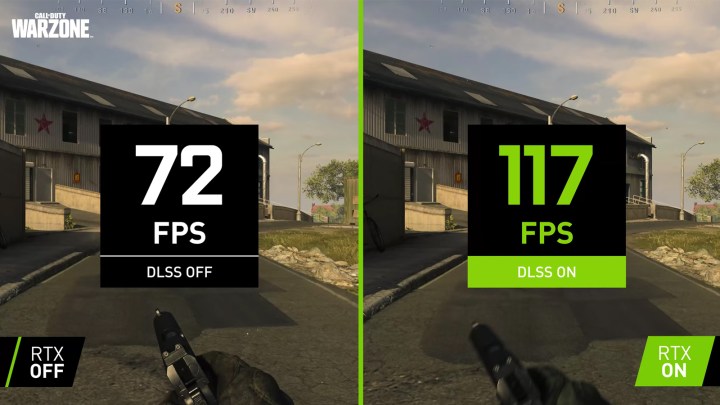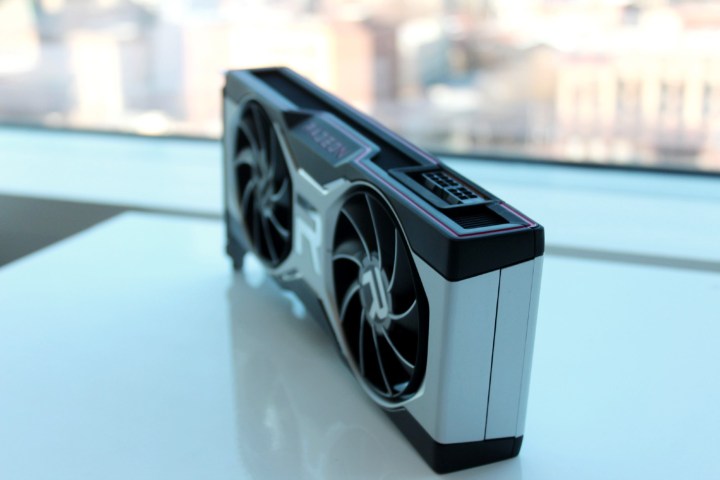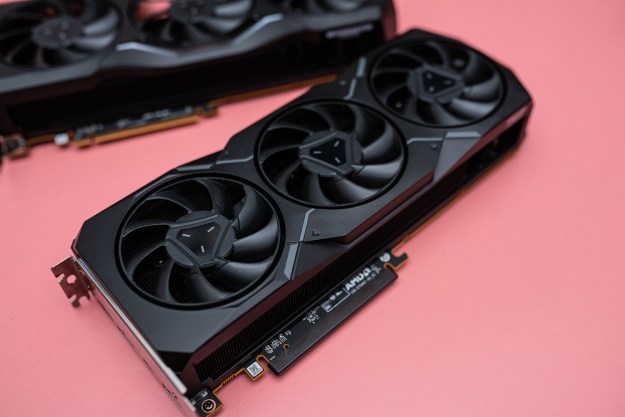Despite AMD’s resurgence in the CPU market, Nvidia still holds all the cards when it comes to the discrete GPU market. That’s according to a report from Jon Peddie Research that also showed an overall 3.4% increase in GPU shipments year- over-year.
From the second quarter of 2020 to the second quarter of 2021, AMD lost about 3% market share while Nvidia gained 3% during the same time period. Nvidia also continues to retain the overwhelming share of the discrete GPU market with 83% compared to AMD’s 17%. As far as the entire GPU market, Intel technically has the overall GPU crown with a commanding 68% market share compared to Nvidia’s 16% and AMD’s 15%. This is simply due to most of Intel’s CPUs containing an integrated GPU.
The more interesting story, however, is the slight decline for AMD in the discrete GPU market. AMD’s Ryzen platform on the CPU side has catapulted it to within striking distance of Intel. The company’s smart architecture engineering and move to a 7nm process has allowed to it win the price-to-performance crown for a while now. However, that savvy engineering doesn’t seem to have translated to the GPU side quite yet.
DLSS vs. FidelityFX Super Resolution

AMD introduced its FidelityFX Super Resolution (FSR) as an alternative to Nvidia’s Deep Learning Super Sampling (DLSS) upscaling technique. FSR renders a game lower than the native resolution and does “edge reconstruction” to upscale the image. That’s followed by sharpening, tone mapping, and anti-aliasing. By contrast, Nvidia’s DLSS uses artificial intelligence (A.I.) and machine learning running on dedicated Tensor cores on its RTX cards to reconstruct image at a higher fidelity. FSR is definitely competitive, but is still outclassed by DLSS in image quality.
Nvidia has been able to train the DLSS A.I. model for years now, which gives it a competitive advantage. By contrast, AMD’s FSR uses an older upscaling algorithm. Nvidia also wins the numbers game with its cards. Nvidia’s Turing line first released in September 2018 and already possessed the ability for hardware-based ray-tracing. DLSS supplemented
Nvidia’s massive lead in market share affords tit he ability to convince developers to support its proprietary technologies such as DLSS. As a result, many more big AAA games support DLSS despite the growing support for FSR.
We don’t know how important factors like DLSS or even RTX
Next-gen hope in a chip shortage

There’s no doubt that the pandemic has wreaked havoc on the GPU market. Chip shortages combined with overwhelming demand and price hikes have made it nearly impossible for many people to get their hands on newer
Gaming laptops overwhelmingly contain Nvidia discrete GPUs ,with only a select few offering AMD discrete GPUs. There are a few standout low-cost options that use one of AMD’s Accelerated Processing Units (APUs) with integrated Vega graphics. On the desktop side, manufacturers and online vendors offer Nvidia GPUs on most SKUs. In that way, the difficulty in buying
While AMD has made big strides in the performance of its discrete GPUs compared to Nvidia, it’s biggest advantage remains the console market. Both the
AMD’s success in the console market could lead to a sort of “halo effect” that influences the sale of its discrete cards. The
Shortages and scalpers aside, the competition between Nvidia, AMD, and now Intel can only result in great news for gamers. We’ll have to see if the release of Intel’s Arc Alchemist graphics card provide yet another choice for consumers, and if AMD can crawl back into contention.
Editors' Recommendations
- I’ve reviewed every AMD and Nvidia GPU this generation — here’s how the two companies stack up
- AMD finally has a strategy to beat Nvidia’s DLSS
- AMD’s FSR 3 compromise just isn’t working
- The Nvidia RTX 4080 Super just trounced AMD
- AMD just did Nvidia a serious favor





